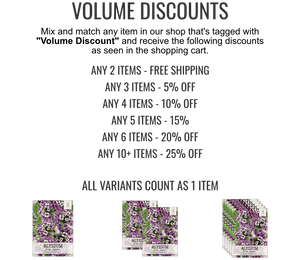Burgess Buttercup Squash originates from North Dakota, where it was introduced in 1932 as a substitute for sweet potatoes, showcasing its historical significance in American agriculture. This winter squash variety is celebrated for its sweet, fiberless flesh and distinctive turban-like exterior with a hard, dark green shell. Its unique flavor profile and storage capabilities make it a favorite among gardeners and chefs, offering a taste reminiscent of sweet potatoes but with a texture and versatility that sets it apart in culinary applications.
Differences Between Winter Squash and Summer Squash lie primarily in their maturity at harvest and culinary uses. Winter squash, like the Burgess Buttercup, is harvested when fully mature, with a hard rind that allows for long storage periods, making it available throughout the winter. These squashes are typically baked, roasted, or used in soups due to their denser, sweeter flesh. Conversely, summer squash, such as zucchini, is harvested young when the skin is still soft, and the seeds are small. They have a higher water content, a milder flavor, and are best when used fresh, often in dishes that require shorter cooking times like sautéing or grilling. The key distinction also involves their storage; while winter squash can be kept for months, summer squash is meant to be consumed soon after harvesting.









